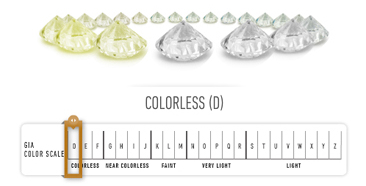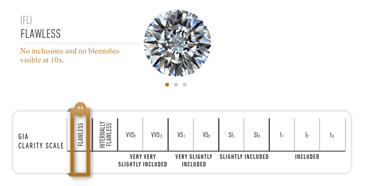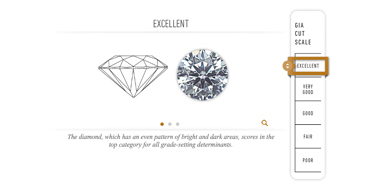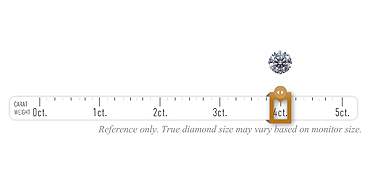HOW WE CLASSIFY SOMETHING AS UNIQUE AS A SNOWFLAKE
4Cs of DIAMONDS
When it comes to something so unique and one of a kind as Diamonds, it is difficult to classify them. To give diamond buyers more knowledge on what they are buying the Gemological Institute of America came up with the four C’s of diamonds consisting of Color, Clarity, Cut, and Carat. The four C’s have become the universal method for evaluating the quality of any diamond. Here at Zavius we want our customers to be able to make the best decision for their purchase and educating our customers in the four C’s of diamonds will allow us to do just that. The descriptions of the four C’s below was derived from the GIA’s 4C’s Education page.

COLOR
The diamond color evaluation of most gem-quality diamonds is based on the absence of color. GIA’s D-to-Z diamond color-grading system measures the degree of colorlessness by comparing a stone under controlled lighting and precise viewing conditions to master stones of established color value.
CLARITY
Natural diamonds are the result of carbon exposed to tremendous heat and pressure deep in the earth. This process can result in a variety of internal characteristics called inclusions and external characteristics called blemishes. Evaluating diamond clarity involves determining the number, size, relief, nature, and position of these characteristics, as well as how these affect the overall appearance of the stone. While no diamond is perfectly pure, the closer it comes, the higher its value.


CUT
Diamonds are renowned for their ability to transmit light and sparkle so intensely. We often think of a diamond’s cut as shape (round, emerald, pear), but a diamond’s cut grade is really about how well a diamond’s facets interact with light. Precise artistry and workmanship are required to fashion a stone so its proportions, symmetry, and polish deliver the magnificent return of light only possible in a diamond.
CARAT
A metric “carat” is defined as 200 milligrams. Each carat can be subdivided into 100 points. This allows very precise measurements to the hundredth decimal place. A jeweler may describe the weight of a diamond below one carat by its points alone. For instance, the jeweler may refer to a diamond that weighs 0.25 carats as a twenty-five pointer. Diamond weights greater than one carat are expressed in carats and decimals. A 1.08 carat stone would be described as one point oh eight carats.
